Ghost mannequin editing is one of the most efficient methods of photo editing in e-commerce…
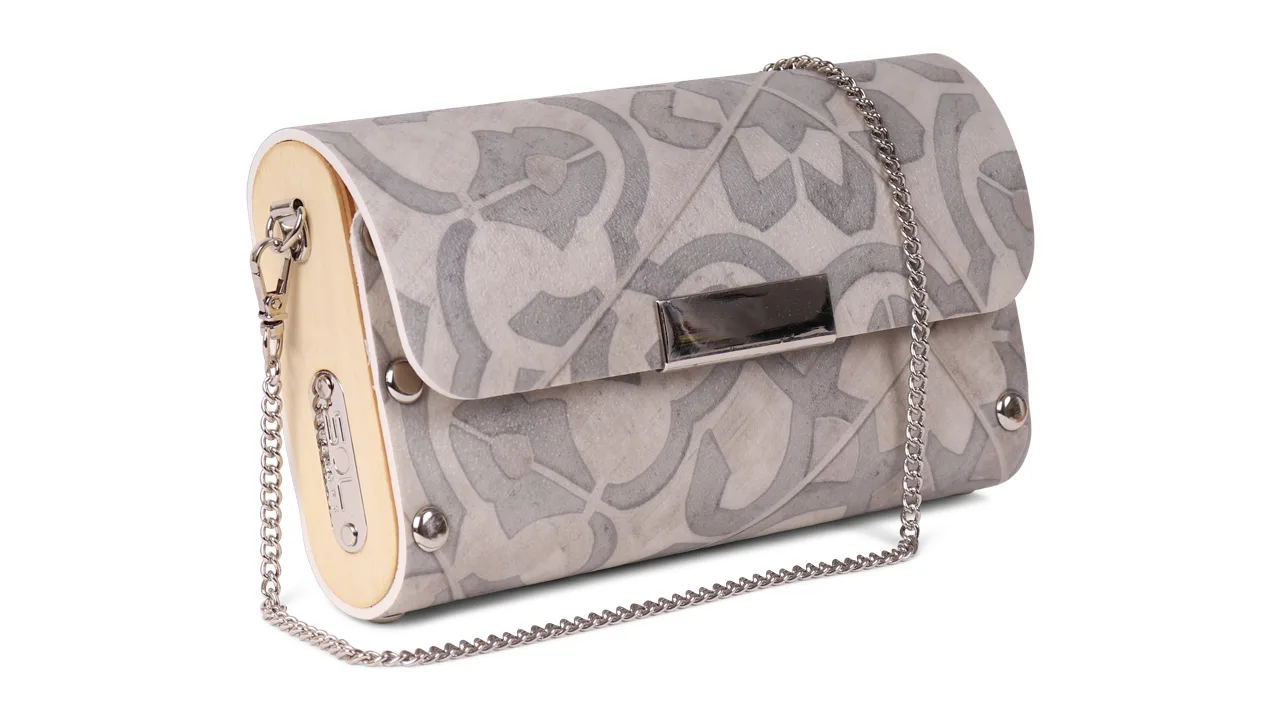
Use Shadow Edits to Get Better Product Photos
Amidst the vast landscape of e-commerce marketing, the subtleties of a technique like shadow edits might seem inconspicuous at first glance. However, beneath its seemingly straightforward nature lies an immense potential to revolutionize and elevate your product photography in multifaceted ways. Often, when an image appears lackluster, devoid of depth, or fails to captivate. The magic of post-production techniques steps in, wielding transformative powers to enhance and refine the outcome.
Shadow editing, often overlooked, stands as a pivotal player in this process. It possesses the remarkable ability to infuse life, depth, and allure into product visuals that might otherwise lack distinction or fail to engage the viewer. The incorporation of meticulously crafted shadows can transcend the ordinary, transforming mundane product images into captivating visual narratives.
Let’s embark on a journey to uncover the profound impact of integrating shadow edits into your product photography. In addition, these nuanced adjustments hold the key to unlocking the potential of your visuals. Ultimately presenting them in a light that not only captivates but also entices potential buyers, potentially leading to a significant boost in sales.
What is a shadow edit?
Shadow edits constitute a meticulous process of intentionally modifying, and crafting. Or fine-tuning the shadows present within an image, accomplished through specialized editing software such as Photoshop or Lightroom. This multifaceted procedure encompasses a spectrum of tasks, from deliberate addition to subtraction. Or enhancement of shadows and reflections. Among the varied techniques employed, prevalent shadow effects include the strategic application of drop shadows. The artful creation of floating shadows, and the delicate crafting of reflection shadows.
Moreover, these shadow edits hold a pivotal role in image enhancement, catalyzing augmenting dimension, depth, and overall visual allure. By skillfully manipulating shadows, images transcend their two-dimensional nature, evolving from static representations into captivating, dynamic visuals. The seamless integration of these shadow effects often synergizes with techniques like clipping paths, and cutout images. Collectively transforming once-flat images into vibrant, engaging visual narratives that captivate audiences. And breathe life into products or subjects, forging a deeper connection between viewers and the showcased elements.
Types of shadows of product
Moreover, exploring the realm of shadow edits unveils five distinct categories, each offering unique visual impacts and demanding varying levels of editing effort. These types of shadows of products serve as the cornerstone of nuanced image enhancement, from subtle drop shadows that add depth to dramatic cast shadows that evoke mood and dimension. Understanding these shadow categories enables precise editing tailored to your product, ensuring a visual presentation that resonates powerfully with your audience.
- Drop Shadow
Drop shadow manipulation unfolds as a meticulous art, where the boundaries of a product are meticulously traced to craft a silhouette that elegantly conforms to its edges. This intricate method intricately weaves a nuanced layer of soft, light gray hues, varying in opacity, angle, and saturation, purposefully placed on specific sides or designated areas. Through this painstakingly detailed process, an illusory depth takes shape, as the image adopts a nuanced three-dimensional semblance.
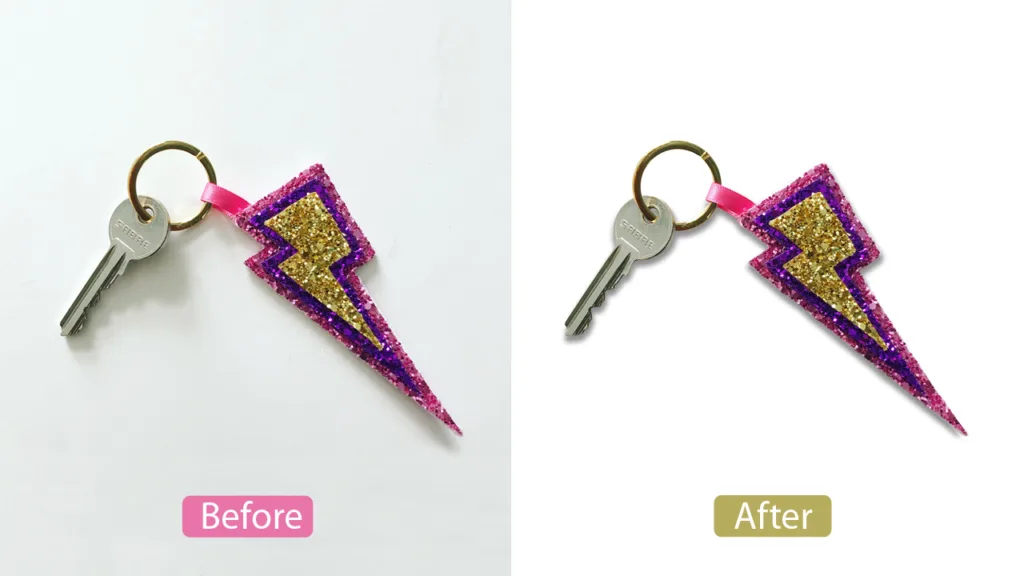
By orchestrating this effect, the product emerges with striking clarity from its background, bestowed with an intensified visual presence and an elevated sense of realism. The delicately applied shadows deftly contour the subject, lending it an air of solidity and tangibility that transcends the flatness of the original image. This artful interplay of light and shade imbues the composition with a subtle yet impactful dynamic, engaging viewers. By bestowing a captivating realism that draws them into the visual narrative, making the showcased product or subject more compelling and visually arresting.
- Floating shadow
The artistry behind the floating shadow technique unveils a nuanced and mesmerizing illusion. This intricate method delves into the meticulous crafting of a shadow that delicately cradles the product, seemingly suspending it above the background. This artistic manipulation involves precisely calibrating opacity, softness, and angle, carefully choreographing a gentle shadow’s descent. Through this deft orchestration, an ethereal effect materializes, infusing the image with a heightened sense of elevation and separation from its surface.
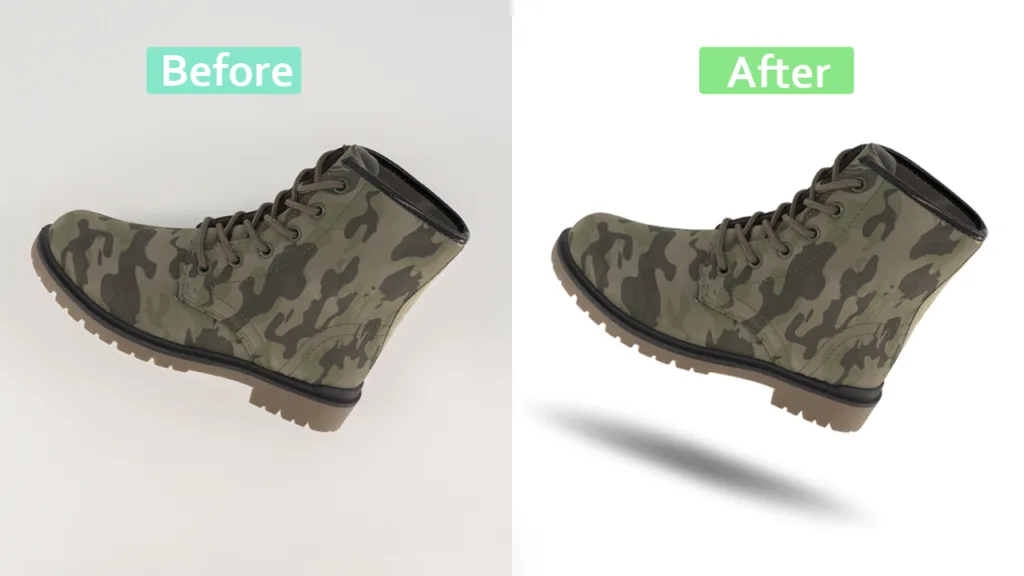
This enchanting effect imparts a spectral quality, akin to gently lifting the product off the ground and into an ethereal realm, captivating the viewer’s attention with its subtle yet enchanting presence. The strategic interplay of shadows imparts a mesmerizing depth, creating a visual narrative that draws the viewer into a world where the subject seemingly defies gravity. Through its subtle grace and ingenuity. This method not only adds dimension but also elevates the product’s visual impact, presenting it as an alluring and almost otherworldly entity within the visual composition.
- Reflection shadow
The finesse of the reflection shadow technique artfully replicates the organic interplay of natural light, delicately fashioning a mirror-like reflection that gracefully cradles the product. This sophisticated method intricately mirrors the product’s silhouette, meticulously softened and adjusted in opacity to mimic the subtle nuances of a genuine reflection. Through careful positioning and nuanced refinement. This shadow effect cultivates a profound sense of depth and authenticity, evoking the illusion of the product resting upon a reflective surface.
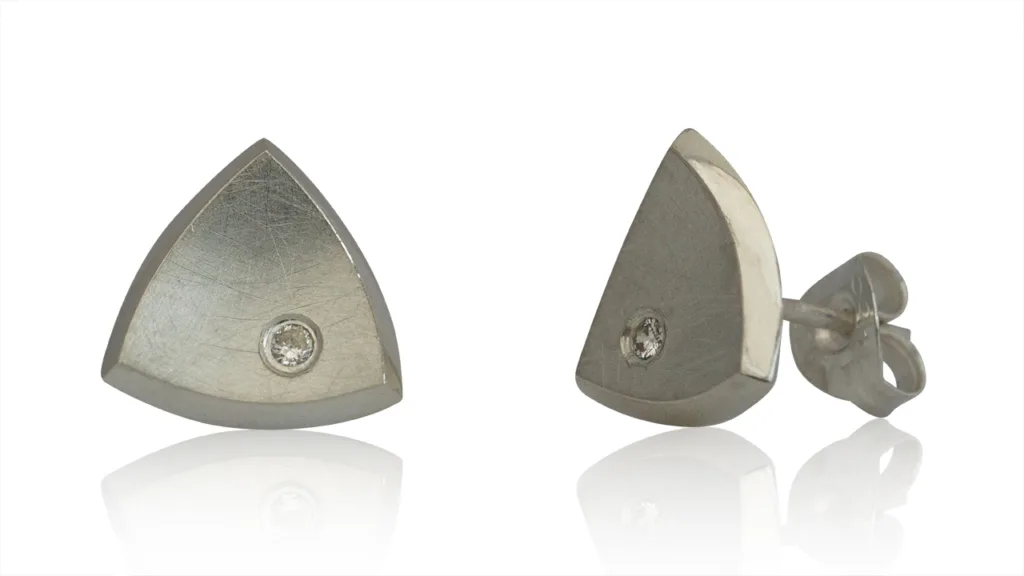
The resulting visual impact is striking, as this technique not only introduces dimension but also infuses the image with an essence of refined sophistication. The deftly crafted reflection adds a touch of finesse and elegance, augmenting the visual allure and bestowing a polished professional quality upon the product presentation. This meticulous shadow manipulation transcends mere enhancement, elevating the composition into a realm of heightened visual sophistication. Captivating viewers with its authentic and captivating depiction.
- Natural shadow
The natural shadow technique within image editing pays homage to the unaltered play of light and shadow captured in the original photograph. Instead of contrived manipulations, this approach accentuates and refines the inherent shadows cast by the product or subject. It delicately refines these existing shadows, seeking not to transform but to elevate their inherent qualities—striving for equilibrium and nuanced depth within the image.
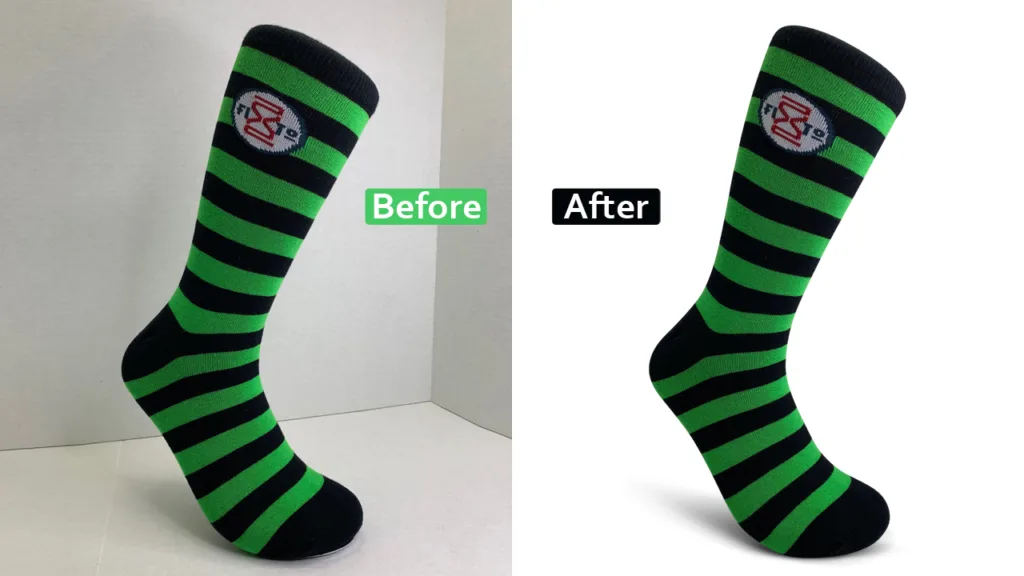
This method holds reverence for the scene’s authenticity, preserving its organic essence and visual honesty. By meticulously enhancing these shadows, the image retains its genuine realism, inviting viewers into an unaltered representation of the product within its native setting. Through this technique, the product emerges with heightened clarity and depth, inviting admiration with its understated yet captivating natural allure. Fostering a genuine connection between the viewer and the portrayed subject.
- Existing shadow
Working with existing shadows involves a deliberate and skilled approach to manipulating and refining the innate shadows present within the original image. Rather than introducing entirely new shadows, this technique revolves around enhancing, adjusting, or seamlessly integrating the existing shadows cast by the product or subject. The finesse lies in the meticulous refinement of these shadows—whether it’s fine-tuning their intensity, softness, or direction—aiming to refine the overall composition while upholding the authenticity of the initial lighting conditions.

This method cherishes and maintains the natural ambiance and realism of the scene, ensuring a seamless continuation of the original lighting scenario. By deftly maneuvering these existing shadows. The image retains its genuine essence, inviting viewers to engage with the portrayed subject within its unaltered environment. This meticulous approach ensures the image remains true to the original lighting nuances, preserving the natural authenticity and coherence of the captured moment.
Finally, Amid the ever-evolving landscape of e-commerce, the unassuming yet potent art of shadow manipulation within product photography quietly wields tremendous influence. In the realm of captivating visual storytelling and effective marketing, the strategic use of shadows stands as an unsung hero. From the delicate subtleties of a drop shadow to the captivating allure of floating shadows, each technique reveals a spectrum of possibilities. Breathing life and depth into otherwise ordinary product images.
This comprehensive exploration ventures into the world of e-commerce photo editing. Unraveling the intricacies of shadow manipulation—an indispensable tool within the realm of post-production enhancement. Beyond its surface aesthetics, these editing techniques possess the power to transcend the ordinary, reshaping lackluster visuals into compelling narratives. Embark on this journey to uncover the graceful interplay of light and shadow, revealing the transformative enchantment that elevates product photography. Discover how these nuanced edits not only refine visual appeal but also craft narratives that resonate, captivating consumer interest and fortifying sales strategies.

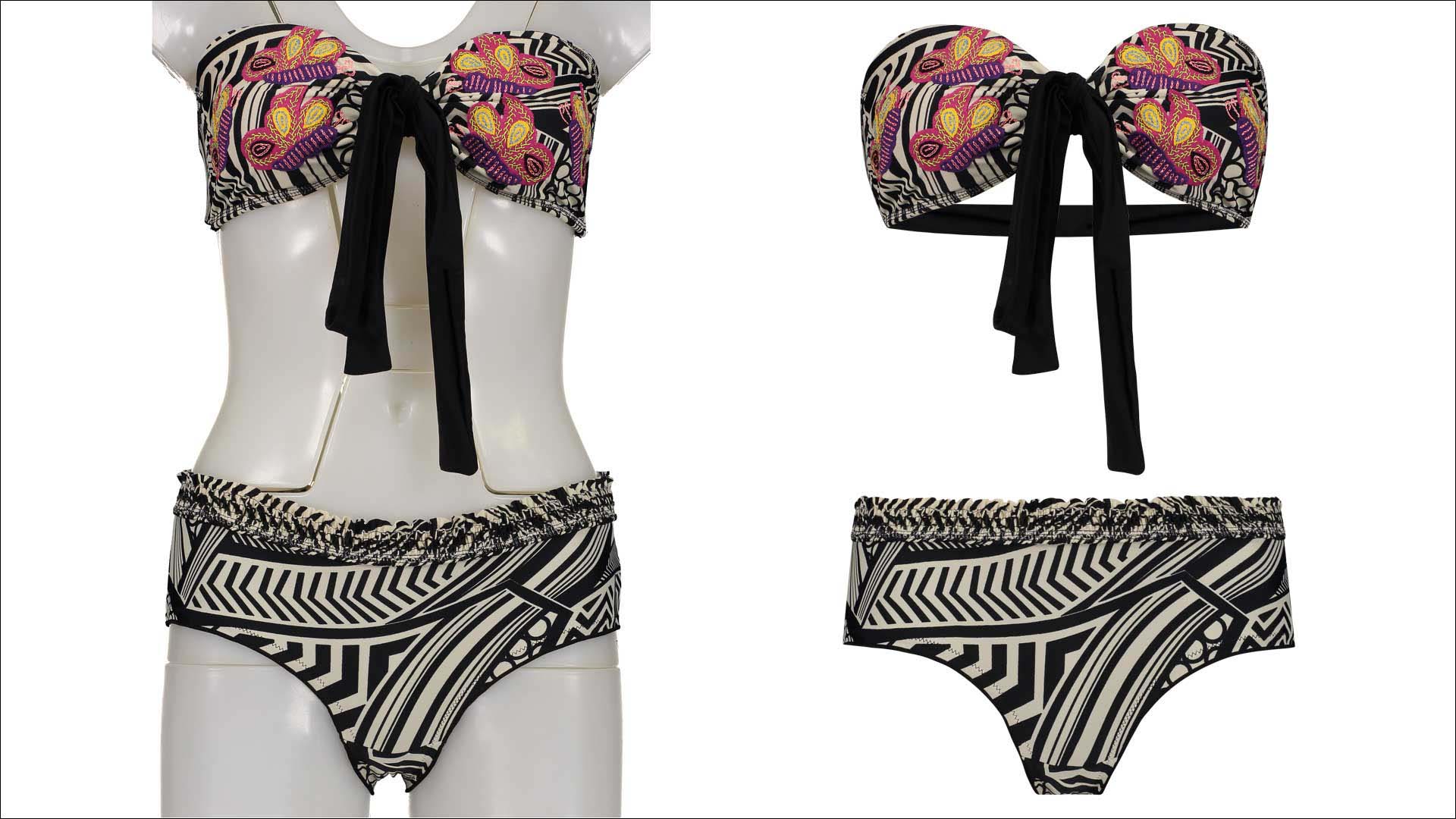

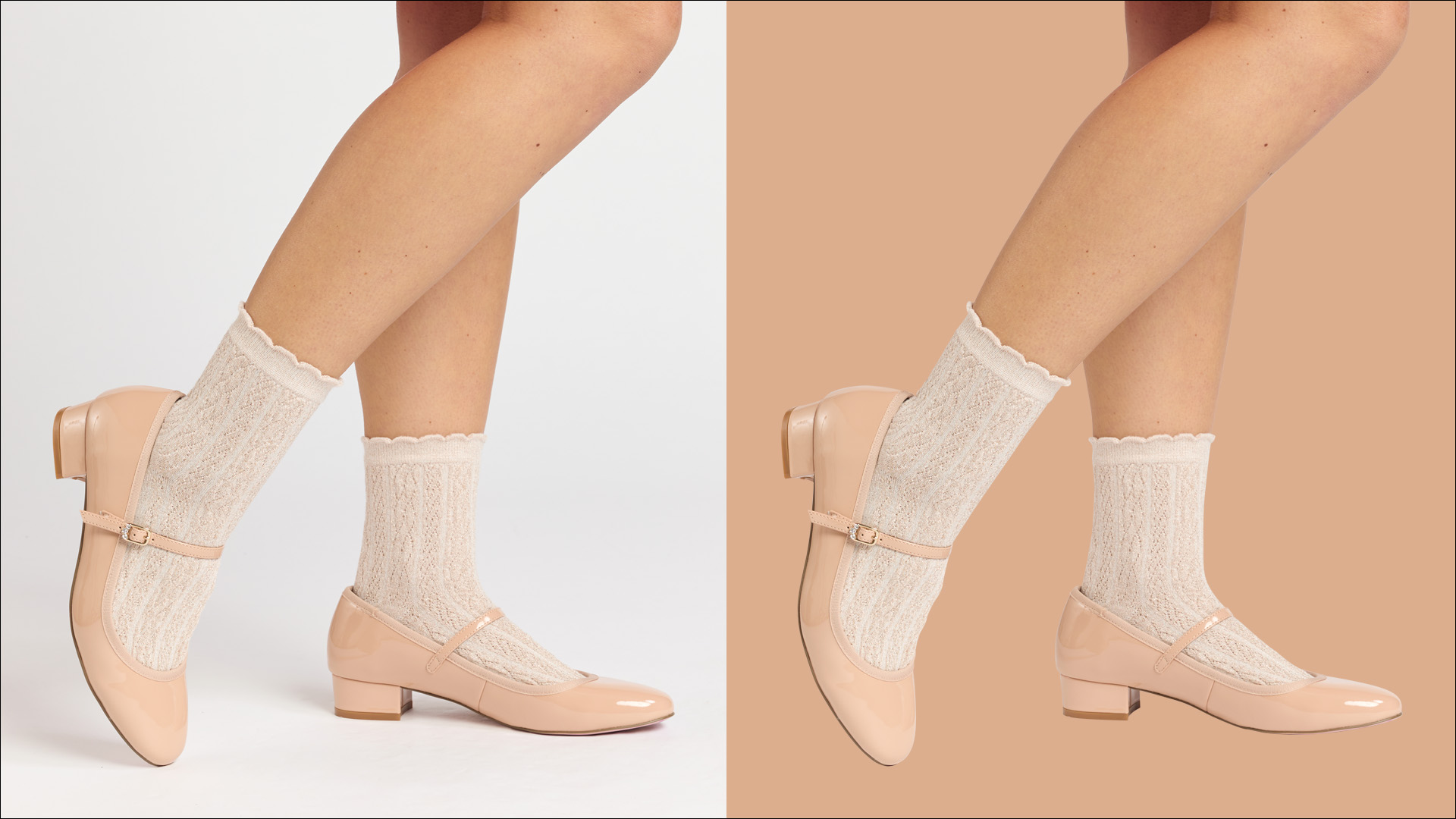
Comments (0)